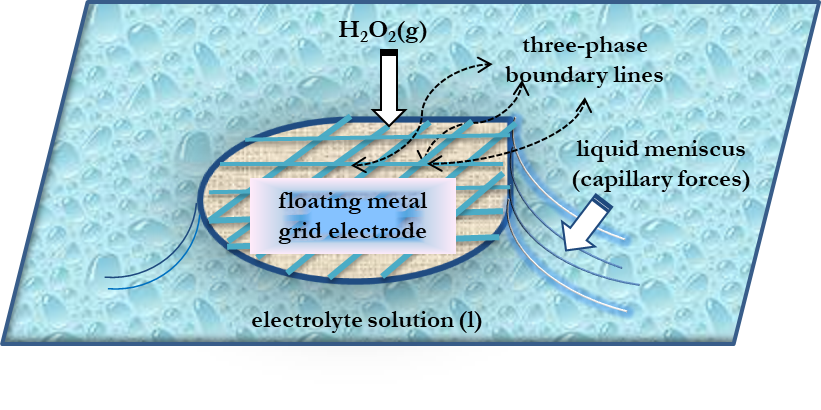Chemists from the University of Lodz will improve people's safety
Hydrogen peroxide is most often used as an antiseptic, disinfecting and sterilizing agent. It is the main ingredient of the popular hydrogen peroxide, bleach and perhydrol. Hydrogen peroxide at a concentration of 85–98% is also used as an oxidizer for rocket fuel and submarine fuel. Interestingly, its 60% solution was already used by the Germans during World War II in V2 missiles and Messerschmitt Me 163 planes (codenamed T-Stoff and others) as well as in submarines and torpedoes (codenamed Ingolin, Aurol and others).
H2O2 also has many other applications in the chemical, food and paper industries. It is used for wastewater treatment, organic and inorganic synthesis and as an effective disinfectant.
Unfortunately, the widespread use of hydrogen peroxide is associated with some risk. Elevated concentrations of gaseous H2O2 in the exhaled breath have been associated with some severe diseases like lung cancer and asthma. Another example is the misuse of H2O2 to produce improvised explosive devices. However, both industry and the scientific world do not have simple sensors capable of quick detection of H2O2 in the gas phase yet. Scientists from the Faculty of Chemistry at the University of Lodz come with the answer.
Sensors for hydrogen peroxide detection. Work by scientists from the University of Lodz and Slovenia
The winning project allowing for work on the detectors is called "Electrochemical gas sensors for the detection of hydrogen peroxide (H2O2)" and it was selected as part of the OPUS 20 + LAP competition of the National Science Centre. The research is carried out in cooperation with a partner from Slovenia (The National Institute of Chemistry) under the supervision of prof. Valentin Mircheski from the Faculty of Chemistry, University of Lodz.
The project will focus on the development of portable, fast and reliable hydrogen peroxide (H2O2) electrochemical gas sensors capable of on-site detection,
explains dr Dariusz Guziejewski from the Faculty of Chemistry, University of Lodz.
The proposed gas sensors will be designed as small portable devices, easily installed indoors or outdoors. The researchers assume that the developed gaseous H2O2 detection system will have many applications, thus, it will significantly improve the quality of life and safety of people.
The project brings together a Slovenian research group from the National Institute of Chemistry, experienced in electrochemical gas detection, and a Polish group from the Faculty of Chemistry, University of Lodz, experienced in the development of state-of-the-art electrochemical techniques for advanced research in the field of mechanisms and kinetics of electrode reactions, and analytical determination at trace levels.
We will combine experimental, easily applicable work with fundamental, theoretically supported research, to meet the final project goal, i.e., preparation of an efficient and simple electrochemical sensor for detection of H2O2 in the gas phase
summarizes dr Dariusz Guziejewski from the Faculty of Chemistry, University of Lodz.
Research funded under the OPUS 20 + LAP NCN competition
The project entitled "Electrochemical gas sensors for the detection of hydrogen peroxide (H2O2)" took a very high, second place in the ranking list in the ST4 panel, prepared by the experts of the National Science Centre. Funding in the amount of over PLN 1 million 217 thousand was obtained for its implementation.
OPUS 20 + LAP is a competition for research projects, including financing the purchase or production of research apparatus necessary for the implementation of these projects. It is also a competition in which scientists at all stages of their career can apply for funding for projects implemented in international cooperation based on the Lead Agency Procedure (LAP), where the National Science Centre has the function of the leading agency.
Source: dr Dariusz Guziejewski from the Faculty of Chemistry, University of Lodz; Wikipedia;
Edit: Honorata Ogieniewska from the Promotion Centre, UL


